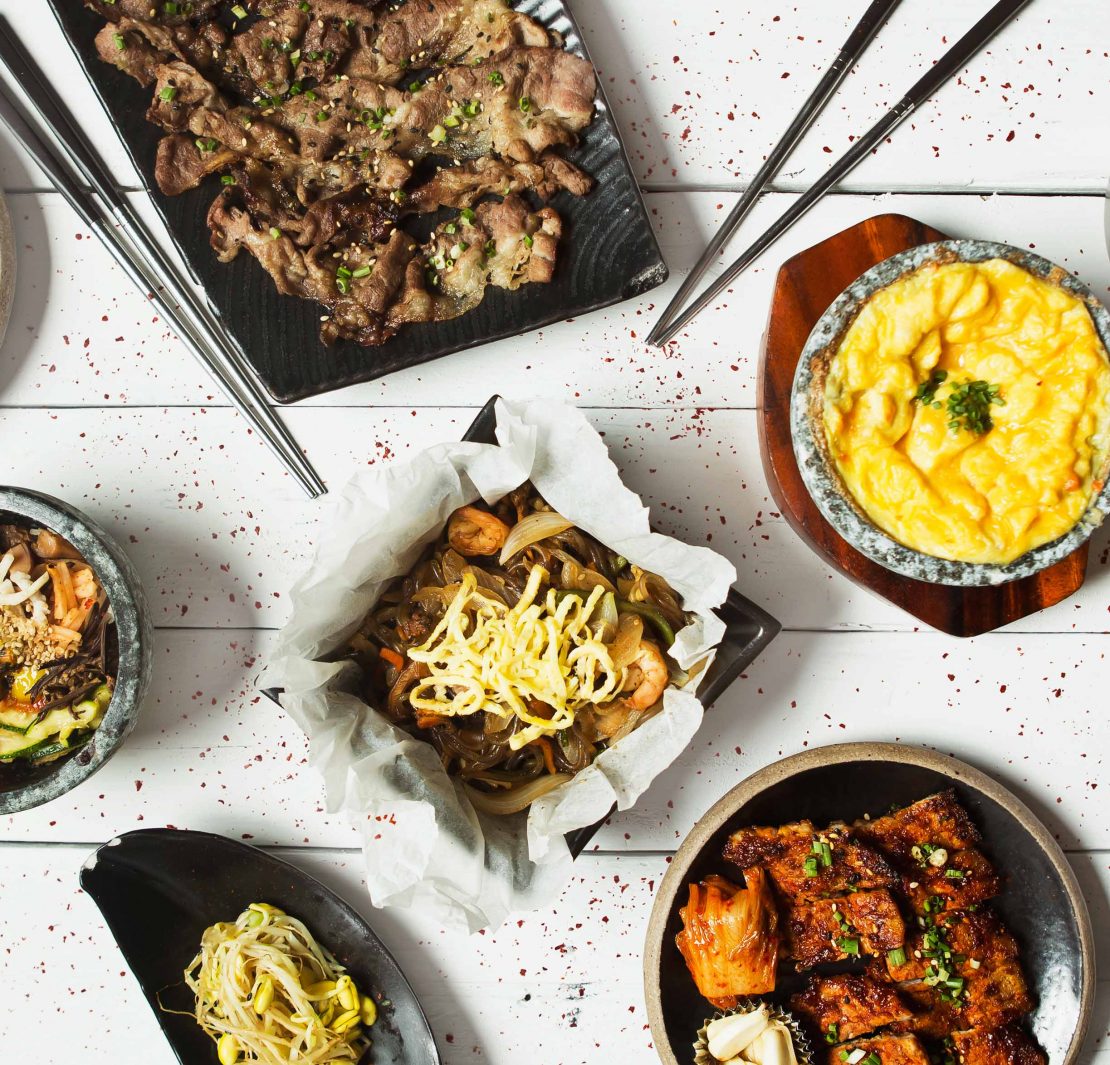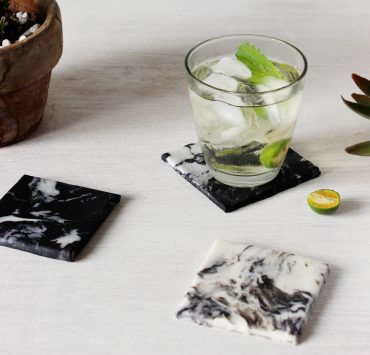For those who care more about meat and less about strict culinary authenticity, Yoree is a spacious, comfortable comfort food oasis evidently designed for the urban diner. It’s decorated with neat, modern furnishings, equipped with a strong exhaust system that won’t leave you smelling of barbecue.
For the uninitiated: Filipino dining is more similar to the Western method, where soup comes first, then a meat dish. “In Korea, we eat meat first, then the rice dish comes afterwards,” says Jin Hwan Lee, Yoree executive chef. “Also, our diners always ask for extra rice! Koreans eat very little rice.”
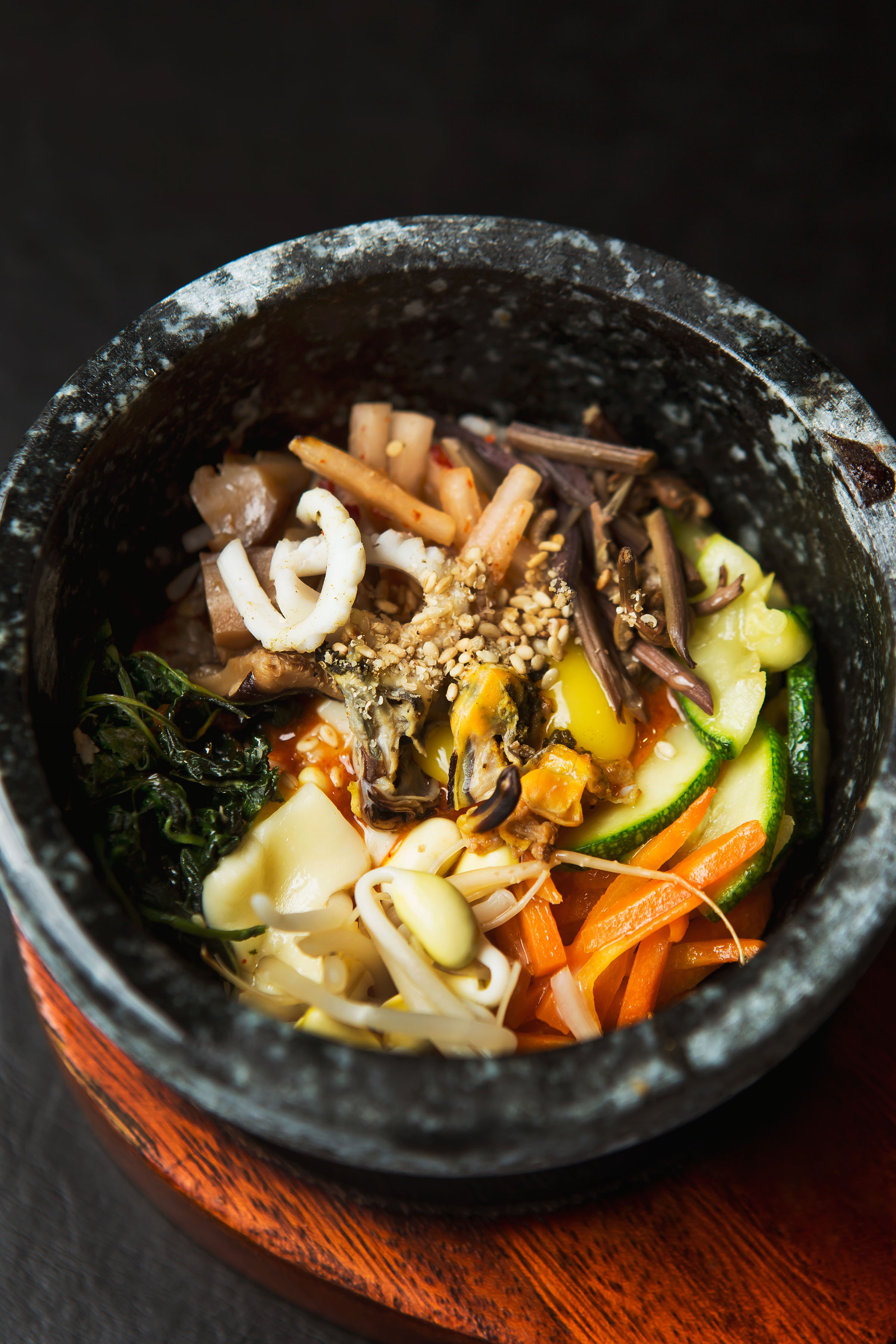
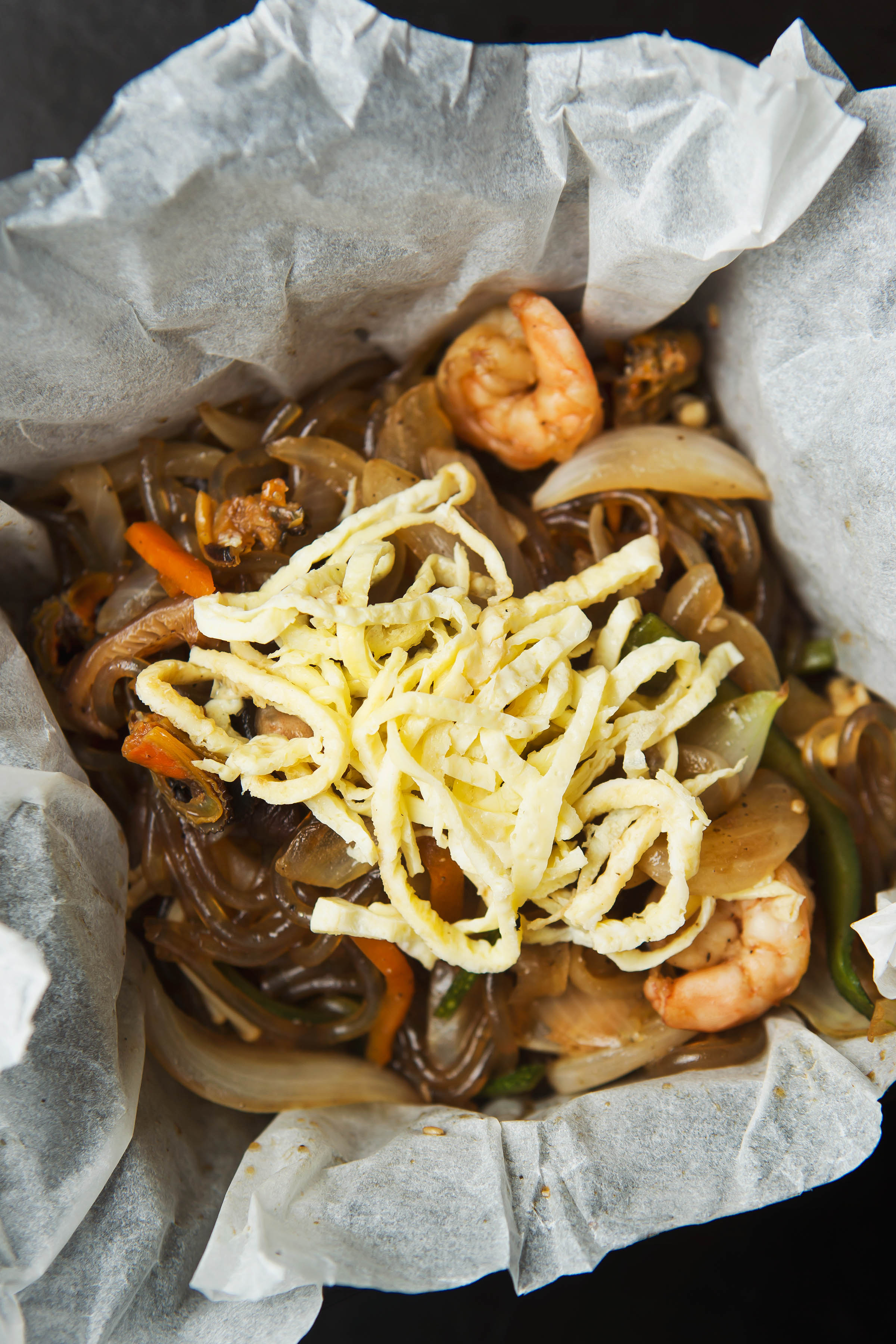
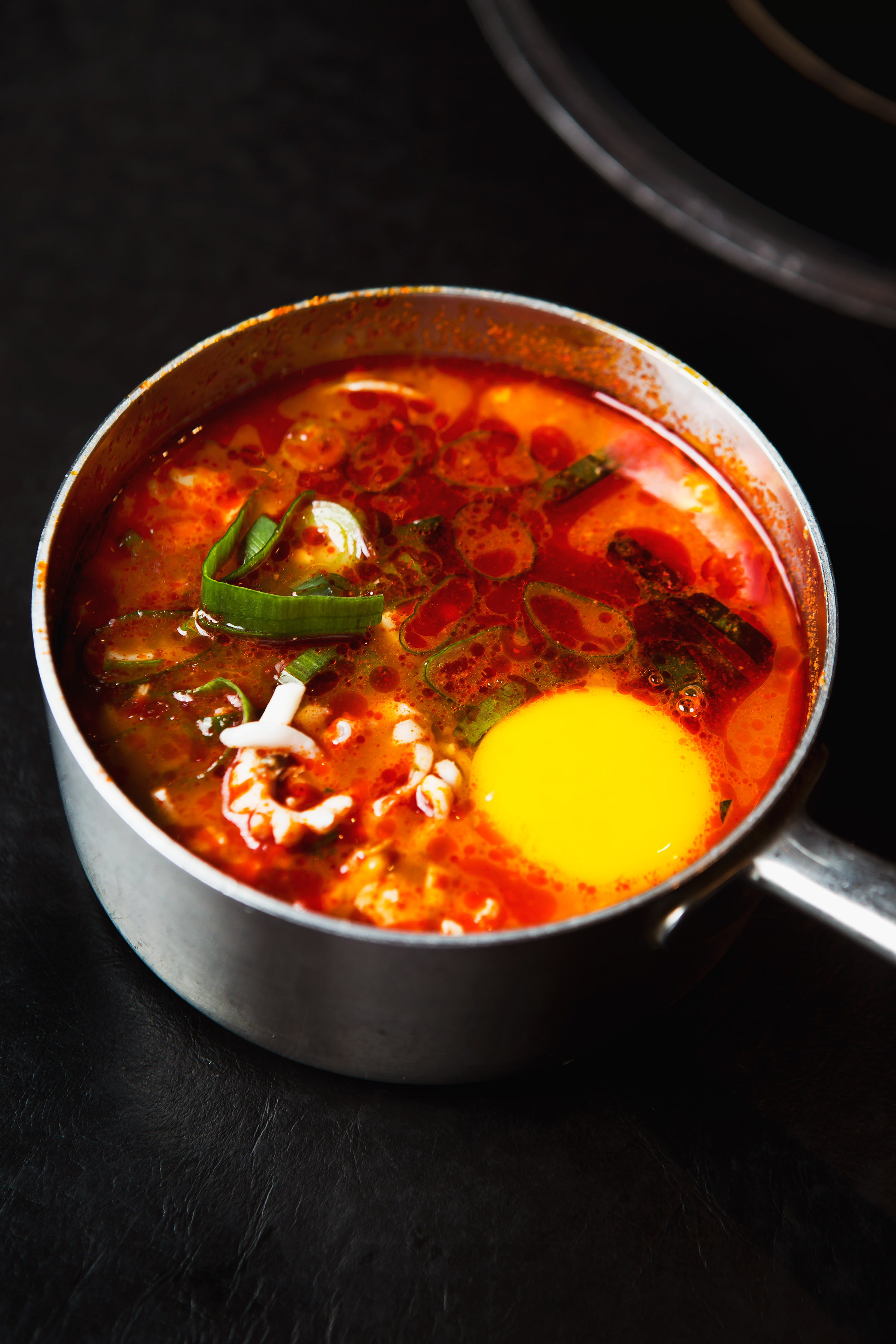

A meal at Yoree starts with juk (vegetable congee) with three refillable banchan (side dishes) of your choice. Though most diners express discontent with the serving size of Yoree’s banchan, it is an adequate, more appropriate way to begin the meal, as the dishes become richer with each course. Yoree’s Gyeran Jjim, or steamed egg casserole (that is also banchan), is light, fluffy, and perfectly cooked.
 Meat lovers will enjoy the Yangnyeom Galbi, which is a marinated USDA Prime Short Rib served with prawn and octopus. The Jeonju Dolsot Bibimbap also doesn’t disappoint. It is Korea’s most popular version of the bibimbap and is made with 14 ingredients in a hot stone bowl, and Kkotsal or US Angus Boneless Short Rib.
Meat lovers will enjoy the Yangnyeom Galbi, which is a marinated USDA Prime Short Rib served with prawn and octopus. The Jeonju Dolsot Bibimbap also doesn’t disappoint. It is Korea’s most popular version of the bibimbap and is made with 14 ingredients in a hot stone bowl, and Kkotsal or US Angus Boneless Short Rib.
To take away that heavy feeling after eating a full meal, the Patbingsu (shaved ice with red beans) is a reliable choice for dessert. Yoree’s flavors are definitely heartier and richer than the usual homey Korean restaurants. Yoree strides the balance of authentic and commercial restaurant cooking styles quite nicely.
This story was originally published in Southern Living, August 2015.
Writer: MARA SANTILLAN MIANO
PHOTOGRAPHY GABBY CANTERO


